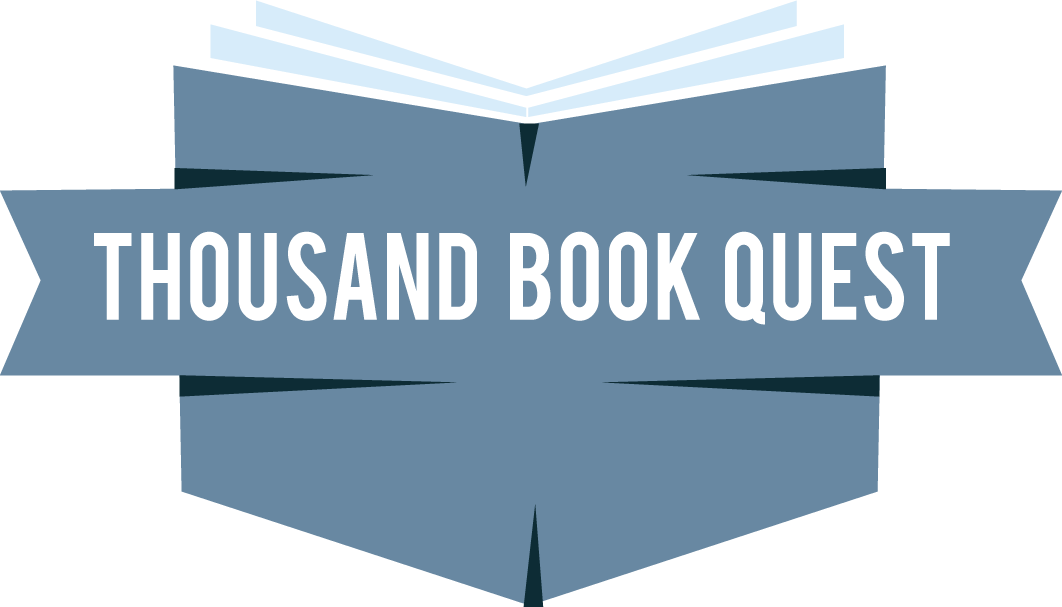189. The Girl with all the Gifts
Rating: ☆☆☆☆
Recommended by:
Author: M.R. Carey
Genre: Fiction, Science Fiction, Dystopia, Horror
460 pages, published June 19, 2014
Reading Format: Audio Book
Summary
The Girl with all the Gifts is set in a bleak future after most of humanity has succumbed to a pathogenic fungus that has turned most people into “hungries” who have an insatiable desire to eat what is left of the human race and pass along the disease. Dr. Caldwell believes that a group of hungry children who are kept bound to their chairs at all times, especially the incredibly intelligent Melanie, hold the key to combating the deadly pandemic. However, Melanie is much more than a test subject, especially in the view of Miss Justineau, her favorite teacher with whom she has bonded.
Quotes
“The truth is the truth, the only prize worth having. If you deny it, you’re only showing that you’re unworthy of it.”
“No amount of expertly choreographed PR could prevail, in the end, against Armageddon. It strolled over the barricades and took its pleasure.”
“This gauntlet, flung down by a bullying, contemptuous universe that allowed human beings to grope their way to sentience just so it could put them in their place that bit more painfully.”
“And then like Pandora, opening the great big box of the world and not being afraid, not even caring whether what’s inside is good or bad. Because it’s both. Everything is always both. But you have to open it to find that out.”
“It’s not just Pandora who had that inescapable flaw. It seems like everyone has been built in a way that sometimes makes them do wrong and stupid things.”
“the horror of the unknown is more frightening than any horror you can understand”
“may we live as long as we want, and never want as long as we live,”
“And the sun comes out, like a kiss on the cheek from God.”
“It’s a little bit like a cow listening to a recipe for beef stew.”
“It’s like before the Breakdown people used to spend their whole lives making cocoons for themselves out of furniture and ornaments and books and toys and pictures and any kind of shit they could find. As though they hoped they’d be born out of the cocoon as something else.”
“It’s equinox, with the world balanced between winter and summer, life and death, like a spinning ball balanced on the tip of someone’s finger.”
“It doesn’t matter,” she explains to Miss J. “I want to be where you are. And I don’t know the way back to wherever I was before, anyway. I don’t even remember it. All I remember is the block, and you. You’re…” Now it’s Melanie’s turn to hesitate. She doesn’t know the words for this. “You’re my bread,” she says at last. “When I’m hungry. I don’t mean that I want to eat you, Miss Justineau! I really don’t! I’d rather die than do that. I just mean… you fill me up the way the bread does to the man in the song. You make me feel like I don’t need anything else.”
My Take
It didn’t take long for me to be drawn into the bleak, post-Apocalyptic world created by M.R. Carey in The Girl with All the Gifts. A big reason was the two main characters, Melanie (a young girl who is incredibly sympathetic despite who constant urge to eat human flesh) and Miss Justineau, Melanie’s teacher and protector who grapples with a world gone mad and her own past demons. While the subject matter is a big-time downer, I was captivated by the storytelling and held in suspense until the climactic end. If you like the dystopia genre, you should definitely check out this book.
